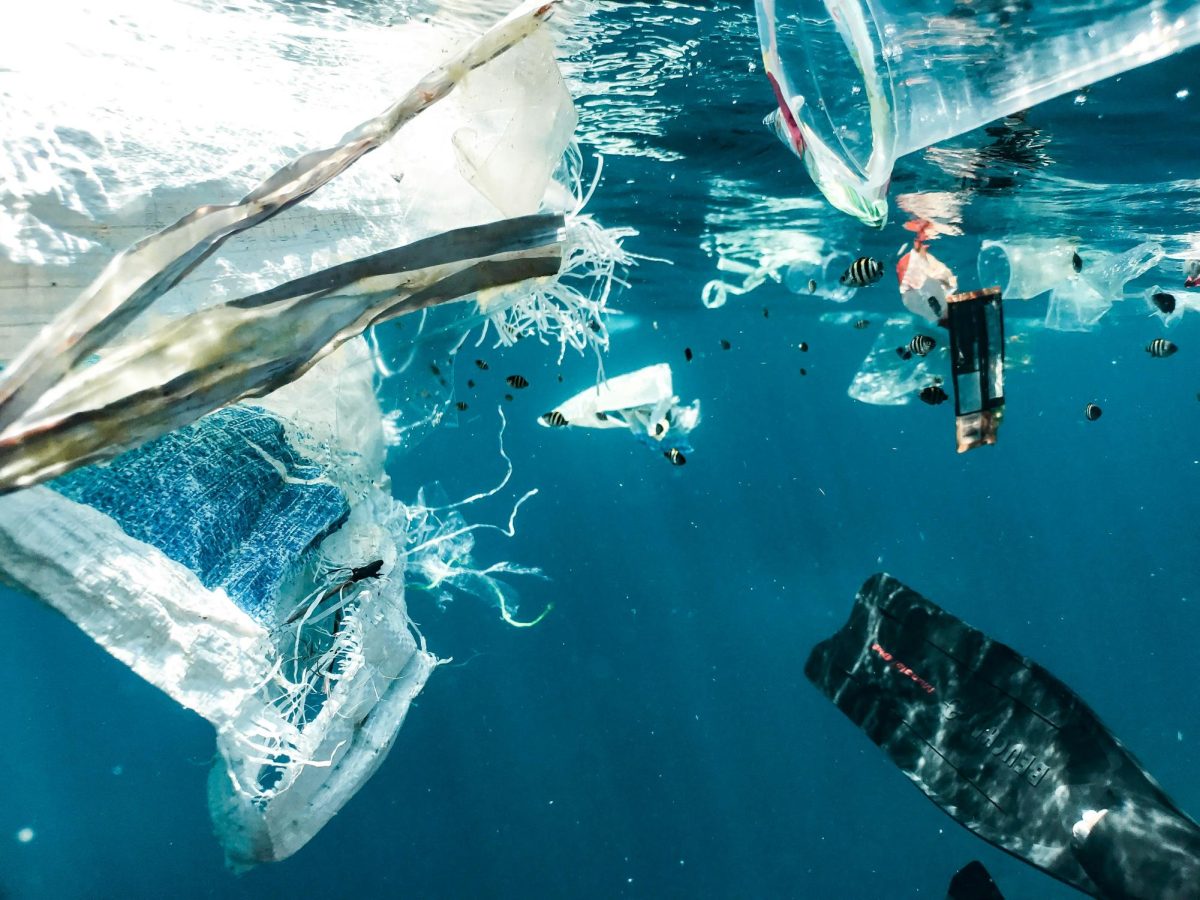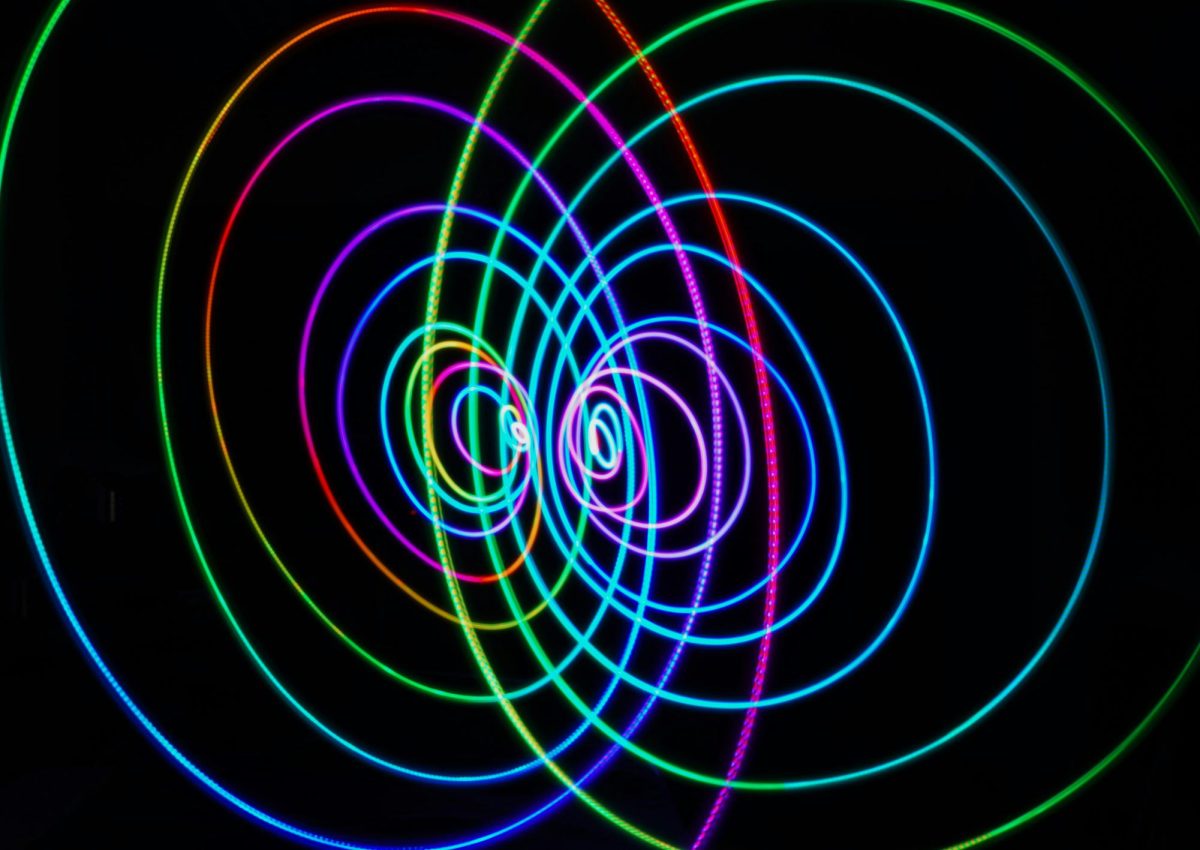In recent years countries around the world have shifted from using fossil fuels to implementing renewable sources of energy. However, these sources are simply not viable, not because they are inefficient, in fact because they are too efficient for modern energy storing means. Since the highest energy outputs of these sources mostly do not correlate with the peak consumption of energy, they fail to provide an alternative to fossil fuels. Instead of renewable energy sources, numerous countries utilize nuclear fission plants, or simply nuclear energy, to gain energy. This source is clean, efficient, and can be synchronized with demand levels. Nevertheless, some countries, including Germany, view this source of energy as highly dangerous, resulting in a reduction of such plants. Such fear originates from catastrophes like Fukushima or Chernobyl, specifically the devastating lasting impacts they had on their surroundings. While modern nuclear power facilities are to a large extent safer, the fear persists as the danger of a meltdown cannot be eliminated or the following effects suppressed. Luckily, the energy sector is a continuously growing field, that has already made advancements, in terms of efficient, safe, sustainable, and clean means of energy, an example of which being nuclear fusion.
In contrast to nuclear fission, nuclear fusion combines atoms, usually deuterium and tritium that are both heavy isotopes of hydrogen, to produce energy. When 150 million degrees Celsius are reached inside the reactor, deuterium and tritium fuse giving off a substantial amount of heat, as well as helium and an extra neutron. Clearly, reaching 150 million degrees Celsius requires a significant amount of energy, which has been an obstacle for many fusion reactors throughout years, however, on the 13 of December 2022, scientists at the National Ignition Facility (NIF) in California were able to overcome this. “Breakthrough in Fusion Energy”. They utilized the force of 192 lasers to superheat a tiny pellet containing compressed deuterium and tritium, that consequently reacted, releasing more energy than used by the lasers. In the future, the energy output of these reactors is very likely to increase, as technologies develop and their efficiency correspondingly increases.
Nuclear fusion produces isotopes of either helium or hydrogen, which are not dangerous to humans. Whereas nuclear fission produces radioactively decaying products, nuclear fusion simply produces light and stable elements, in addition to neutrons. The neutrons released during fusion are not inherently dangerous to humans and can even be used to produce a reactant, tritium, through a layer of lithium based compounds in the reactor. “Tritium breeding blanket”. The probability of a meltdown, like in the case of nuclear fission, is equivalent to zero in nuclear fusion reactors, since the fusion reaction would immediately cease after the temperature cools. This would only leave behind remains of the reactants and some products that are stable.
Similar to common renewable energy sources, fusion reactions involve reactants that are abundant in nature, for instance, deuterium and tritium. Deuterium for example can be found in seawater at 33 grams per cubic meter of seawater. This abundance makes it attainable and is not likely to run out in the near future. Tritium on the other hand can easily be obtained from the fusion of Lithium-6, which is also rather plentiful in nature, as it readily reacts into helium and tritium. “Properties of Litium”. Which, as previously mentioned, can be facilitated during nuclear fusion.
Contrary to the greenhouse gasses formed as combustion products in the combustion of fossil fuels, fusion reactions only produce products that are harmless to the environment. Other than carbon dioxide, which is trapped in the atmosphere and creates global warming, helium is not bound to earths gravity or hindered by the ozone layer and hence can simply drift into outer space. Yet since helium is beneficial for a wide range of purposes it would be better to store and re-use it.
Hence, nuclear fusion displays a promising and ideal source of energy, that will only continue to improve in the coming years. Reactors like the ITER and Wendelstein 7-X are already producing promising results that could power your very home in the near future.












